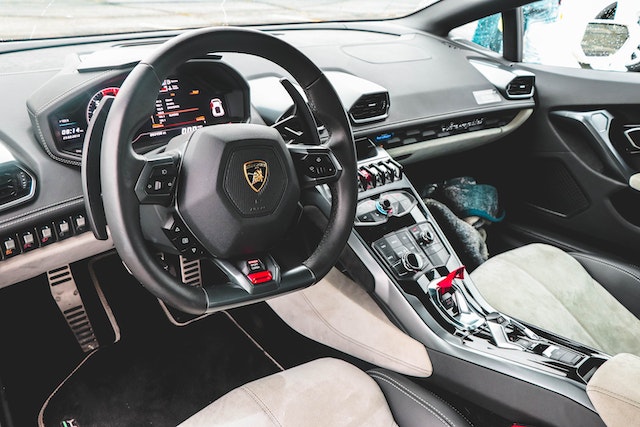
If you intend to keep your car for longer, it is your responsibility to ensure it is in the best condition. This can be achieved by ensuring that your vehicle is serviced regularly and replaced with new parts when necessary. However, you also need to maintain a high level of up-keeping, as these things can become costly over time.
1. Avoid Cheap Repairs
It is always difficult to know if a repair is cheap. Rather than buying parts from the nearest untrusted dealer and taking a risk, you should buy the parts from sources you have experienced before. This way, you can be sure that your repairs are affordable and in great condition.
If a dealer is offering discounts, you find hard to turn down, be careful as the items might not be of good quality—research more about the dealer before you make a purchase, especially if it is an online deal. Also, talk to friends who own cars to get their options and recommend great deals on car spare parts.
2. Replace Older Parts With Newer Ones
An alternative way to avoid expensive repairs is by replacing older parts with new ones as they become worn out. Some people will recommend buying used parts because they are cheaper; however, it is not a long-term solution. Used parts only last a few days or weeks, and you will be back to buy the part again.
To avoid repetitive buying, it’s best to settle for new parts as they have a longer service time. It might seem expensive, but newer parts are more affordable than second-hand ones.
3. Invest in Seat Covers
Seat covers are a great way to provide your car with enough protection from harsh weather conditions. Also, seat covers protect your seats from spillage or damage, especially if you have kids or a dog. Get quality leather seat covers to let a professional fit them on your car seats. If you know the procedure, you could try it but be careful not to cause costly damage.
Also, get an armrest cover as car seat armrests are frequently used, and if left unprotected, they will wear out sooner than you expect. Many reputable dealers will sell you seat and armrest covers; research and contact the most recommended.
4. Clean and Organize Your Car
It is true that when your car is clean and organized, it looks more appealing. However, it can also help you find problems that would be difficult to identify in a poorly managed vehicle. Wash and polish your car to keep it free from dust that, if left to accumulate, would cause damage. For example, dust accumulating outside your car could absorb moisture and cause rusting. Also, by micro-managing your car, like checking the belts and the engine, you can determine when parts need to be replaced.
5. Regularly Check Your Car for Wear and Tears
By checking your car regularly, you can tell if there are parts that need to be replaced. You should also check the tires and oil, as these can deteriorate easily. Also, feel the steering wheel when you turn, or the car isn’t moving. A good steering wheel should turn easily without much resistance. If you must fight your steering wheel to make a turn or if there are loud noises every time you make a turn, it might be time to service the vehicle.
6. Go Through Your Car List Regularly
Another way to avoid expensive repairs is by regularly inspecting your car and its minor parts. Check your engine oil, tires, exhaust, wipers, air conditions, and mirrors. If you notice any of these parts are not working as expected, consider repairs or replacement.
Also, pay attention to your headlights and windscreen wipers. Old headlights will not provide enough lighting at night, and you might feel strained to see on dark roads. Sometimes the problem is the bulbs. In this case, you may only buy new bulbs and replace the old ones. If your wipers are not efficient during a storm, it might be time to replace them with new ones.
Avoid ignoring minor repairs as they may become costly over time. Also, take your car to a reliable dealership nearby for monthly service.


